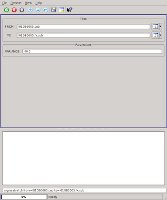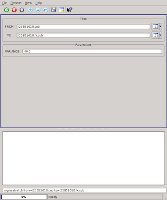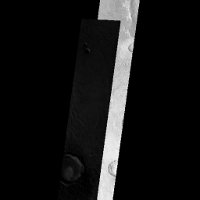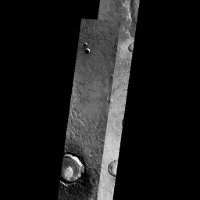sigmastretch
Apply a Sigma Stretch to a cube.
new_dn = (old_dn - avg) * (variance / stddev)
where avg and stddev are the statistical average and standard
deviation of all valid pixels in the current band. The variance is a
user-specified parameter, VARIANCE, that affects how much the histogram of
the image is widened, and does not represent the statistical variance of the
image.
Categories
Related Objects and Documents
Applications
History
| Travis Addair | 2011-09-08 | Original translation of Davinci's "sstretch" script into Isis 3. |
| Steven Lambright | 2012-02-24 | This program now takes advantage of multiple global processing threads. |
Parameters
Files
| Type | cube |
|---|---|
| File Mode | input |
| Filter | *.cub |
| Type | cube |
|---|---|
| File Mode | output |
| Pixel Type | real |
| Filter | *.cub |
Parameters
| Type | double |
|---|---|
| Default | 40.0 |
| Minimum | 0.0 (exclusive) |
Example 1
Two THEMIS Images
Command Line
sigmastretch
from=I01086005.cub to=I01086005.fx.cub;
sigmastretch from=I23851018.cub to=I23851018.fx.cub
GUI Screenshot
Example GUI for I01086005.cub
The first sigmastretch GUIScreenshot of the GUI with parameters set to stretch the first image.
Example GUI for I23851018.cub
The second sigmastretch GUIScreenshot of the GUI with parameters set to stretch the second image.
Input Image
Mosaic of the input images for sigmastretch
Mosaic of unstretched input images
Parameter Name:
FROM
This is a cropped subsection of the mosaic of the input images before being stretched. Note the sharp contrast between the two images when mosaicked.
Output Image
Mosaic of the output images for sigmastretch
Mosaic showing results of the sigmastretch application
Parameter Name:
TO
This is the same subarea of a mosaic of the output images after being stretched. The contrast is now much more subtle, making the images ready to be blended together along their overlapping areas.






